By:
- Steven Shultz
Published Date
By:
- Steven Shultz
Share This:
UC San Diego Researchers Win Big in 2022 Department of Defense University Research Funding Awards
UC San Diego researchers fared well in this year’s Multidisciplinary University Research Initiative (MURI) competition, held annually by the Department of Defense (DOD). The DOD has announced MURI awards for two UC San Diego-led research teams and three teams of which UC San Diego researchers are a part.
“Receiving five out of 28 highly coveted MURI research awards speaks volumes about the excellence of our multidisciplinary research teams and about the value UC San Diego teams offer partner institutions,” said Chancellor Pradeep K. Khosla. “Our investment in nurturing and supporting a collaborative, interdisciplinary research culture at UC San Diego is paying high dividends. Our researchers are collaborating inside and outside the institution to advance the frontiers of knowledge, shape new fields of study, and disseminate discoveries that transform lives around the world.”
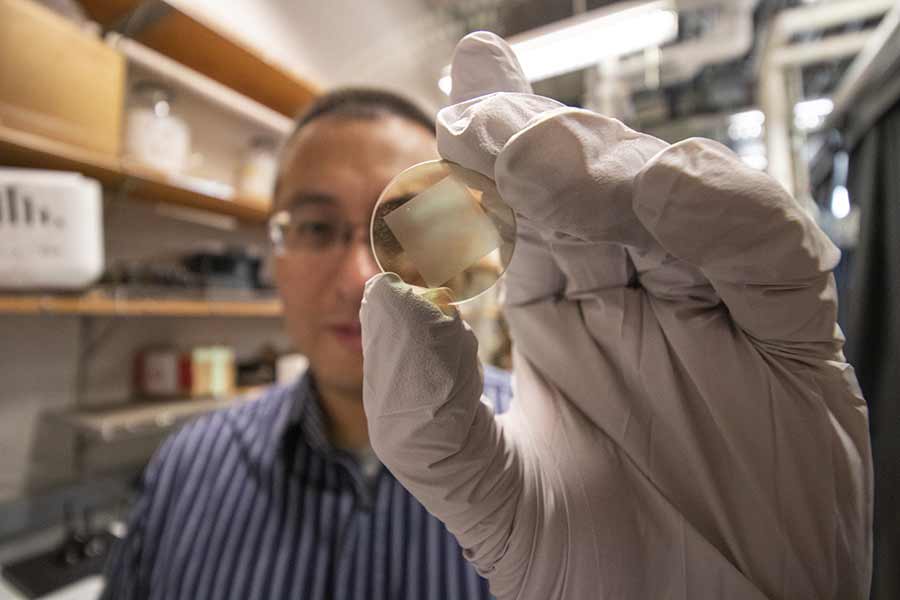
Wei Xiong holding a cavity mirror that forms polaritons. Photo by Michelle Fredricks/UC San Diego.
MURI awards provide important funding to research teams pursuing basic research spanning multiple scientific disciplines. This year, MURI awards totaled $195 million. For the FY22 competition, the Army Research Office, the Air Force Office of Scientific Research and the Office of Naval Research solicited proposals in 26 topic areas of strategic importance to the DOD. A panel of experts conducted a merit-based review of approximately 340 proposals. Twenty-eight final awards, for five years each, were selected for research teams from 63 U.S. academic institutions. UC San Diego-related research teams awarded MURI funding this year are:
UC San Diego-led
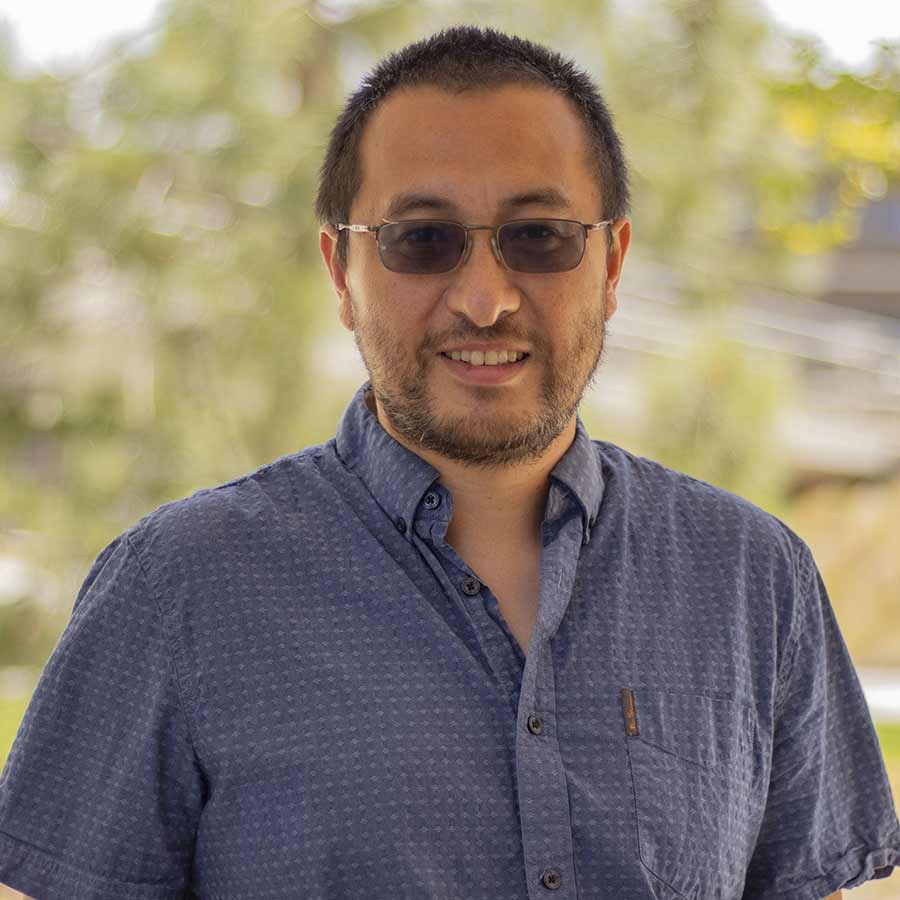
Wei Xiong, associate professor of chemistry and biochemistry at UC San Diego. Photo by Michelle Fredricks/UC San Diego.
Wei Xiong, associate professor of chemistry and biochemistry at UC San Diego, is the principal investigator for a team researching polariton chemistry, in which optical cavities are used to control physicochemical properties and dynamics of molecular systems. Also on the team are researchers from UC Merced, the City University of New York and Penn State. The team’s MURI award is sponsored by the Air Force Office of Scientific Research.
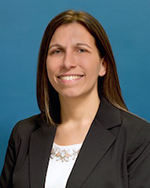
Laurel Riek, associate professor of computer science and engineering at UC San Diego.
Laurel Riek, associate professor of computer science and engineering at UC San Diego, is the principal investigator for a team researching new computational and contextual models of human robot teaming in complex, uncertain environments. Also on the team are researchers from Penn State, Princeton, UC Santa Barbara, Michigan State, Notre Dame and the U.S. Military Academy. The sponsor of the team’s MURI award is the Office of Naval Research.
UC San Diego-involved
- Mike Tolley and John Hwang, both faculty members in the department of mechanical and aerospace engineering at UC San Diego, are on a team researching Self EneRgetic Propulsion ENTity (SERPENT). Other researchers on the team are from Cornell University, UCLA and the U.S. Naval Academy. The Office of Naval Research is the sponsor.
- Brice Semmens, associate professor in the Marine Biology Research Division at the Scripps Institution of Oceanography, and Simone Baumann-Pickering, associate professor at the Scripps Institution of Oceanography, are on a team researching marine mammal detection via eDNA. Other researchers on the team are from the University of Washington. The sponsor of the team’s MURI award is the Office of Naval Research.
- Monica Allen, assistant professor of physics at UC San Diego, is on a team researching topological flat bands for correlated electron systems. Other researchers on the team are from UC Santa Barbara. The sponsor for this MURI award is the Air Force Office of Scientific Research.
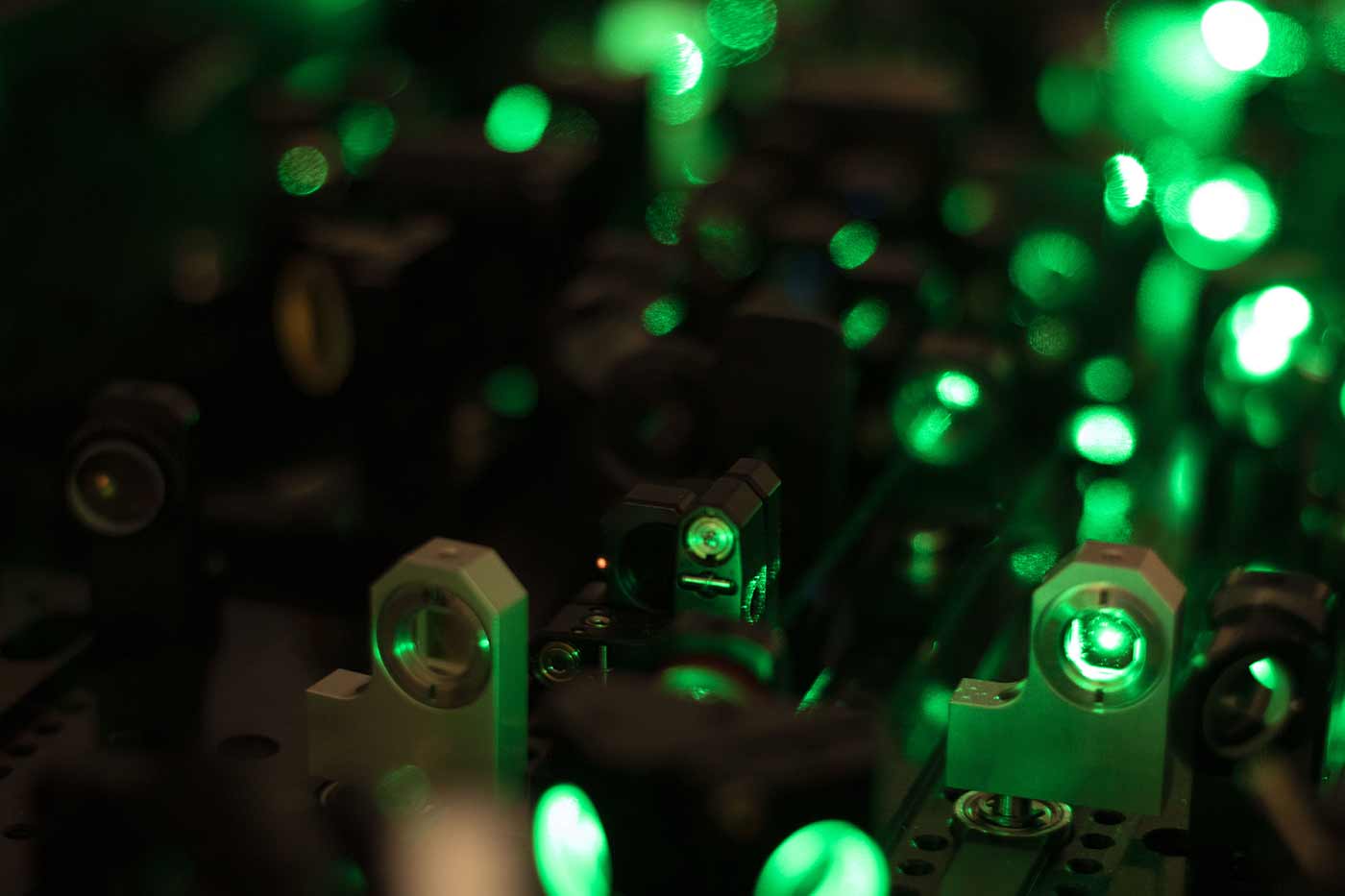
An ultrafast laser system to study polariton dynamics. Photo by Michelle Fredricks/UC San Diego.
In addition, Chiara Daraio, who earned a doctorate in mechanical and aerospace engineering from UC San Diego, is the principal investigator of a MURI-award-winning team researching irregular metamaterial networks. Daraio is now a professor at CalTech.
Riek’s project focuses on advancing research in robotics and autonomy, with the goal of aiding human teams working in critical environments like emergency medicine and disaster response. “It is important that robots can understand the goals, activities, and intentions of human teams, and their context, to be useful teammates,” said Riek. By situating this work within the fields of team cognition, AI and robotics, the transdisciplinary team hopes to yield new insights into the science of human-agent teaming.
Xiong’s team focuses on understanding the principles of how optical environments can influence chemical properties of matter, with the ultimate goal of designing optical cavity and photonic structures and use them to control chemical reactions and properties. “Using the photonic environment to control matter is a new field that brings chemistry, physics and photonic engineering together to address a grand challenge in chemistry,” said Xiong. “The outcome of this work will provide a novel approach to catalyze chemical reactions and control charge transport that are otherwise difficult to manipulate.”
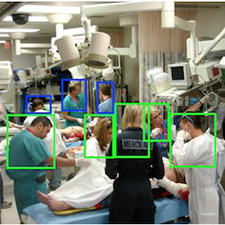
Image showing a clinical team working together and machine learning methods developed by Laurel Riek's team tracking the group and recognizing the humans.
Director of Basic Research Office in the Office of the Undersecretary of Defense for Research and Engineering Bindu Nair highlighted the importance of the MURI awards. “By supporting teams whose members have diverse sets of expertise, the MURI program acknowledges that the complexities of modern science and engineering challenges often intersect more than one discipline and require creative and diverse approaches to tackle these problems,” she said. “This cross-fertilization of ideas can accelerate research progress to enable more rapid R&D breakthroughs and hasten the transition of basic research findings to practical application.”
According to the DOD, since its inception in 1985 the highly competitive MURI program has made immense contributions to both defense and society at large. Notable examples include advances in the development of new theories, algorithms, and automated toolsets to speed synthesis of novel energetics for the DOD; modeling and tools to understand and predict population migration due to naturally occurring and human-caused events; and development of novel materials with unprecedented optical, thermal, and mechanical properties for a wide array of DOD applications.
Share This:
Stay in the Know
Keep up with all the latest from UC San Diego. Subscribe to the newsletter today.



